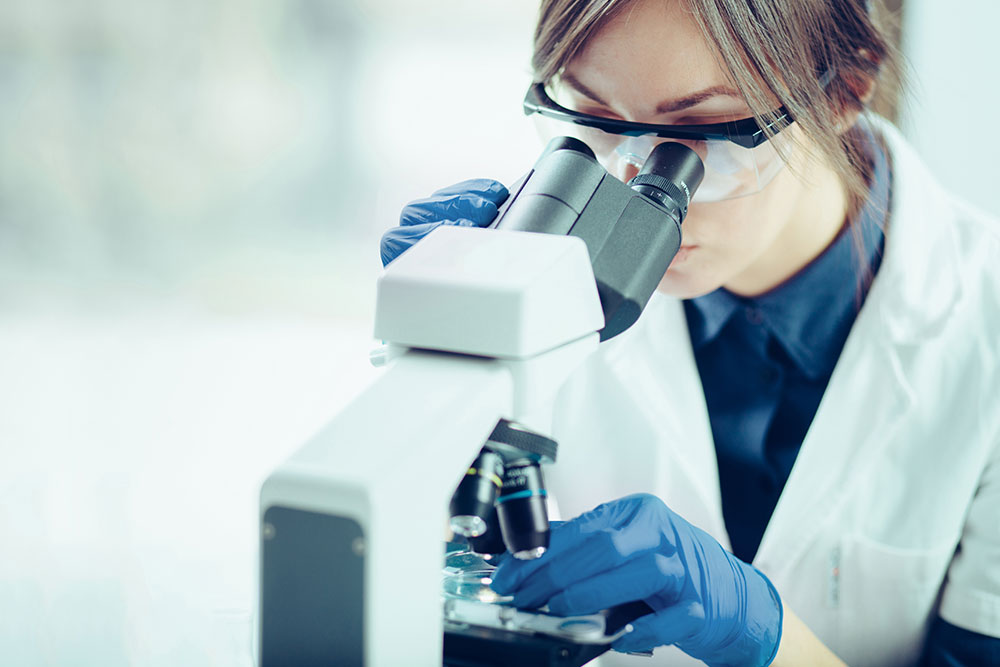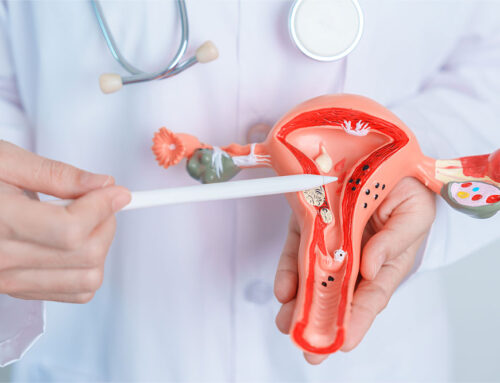Endometrial biopsy is a “blind” procedure done by inserting a thin catheter through the natural opening of the cervix and into the uterine cavity to sample the endometrial cavity. It is most commonly done to evaluate the cause of abnormal bleeding and to rule out endometrial hyperplasia or endometrial cancer.
Endometrial biopsy is usually done without local anesthesia and is a very quick procedure. It is usually well tolerated but few patients might feel severe cramping pain. To decrease the pain, I offer Ibuprofen 400 to 800mg to be taken 2 hours before the procedure.
The drawback of endometrial biopsy is that it is a “blind” procedure, meaning that your physician cannot see exactly what he or she are sampling. This is concerning because the procedure can miss abnormalities especially endometrial polyps.
Office hysteroscopy on the other hand is much more accurate than endometrial biopsy. It provides more information about the endometrial cavity (for example it can be used to look for uterine adhesions, presence of polyps, uterine septum etc). By directly looking at the endometrial lining, any suspicious area can be biopsied, and any polyp can be removed at the same time. Also, a more thorough sampling of the endometrial lining (curettage) can be performed.
Office hysteroscopy is done under local anesthesia in your doctor’s office and it is very safe when done by an experienced gynecologist. You do not necessarily need any sedation and there is no need to take any time off after the procedure. You could also watch the procedure on the monitor while it is being performed.
For these reasons, I highly recommend office hysteroscopy over endometrial biopsy.







